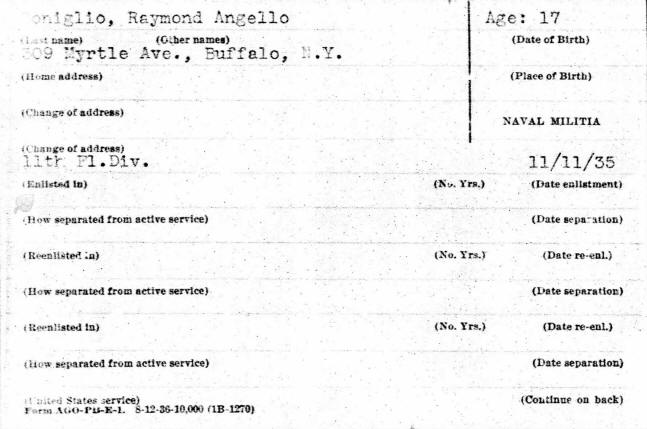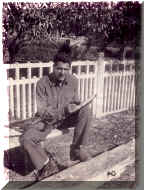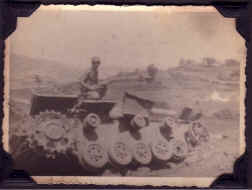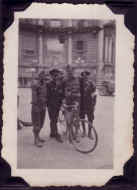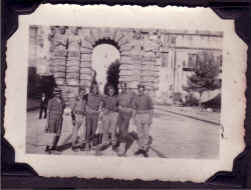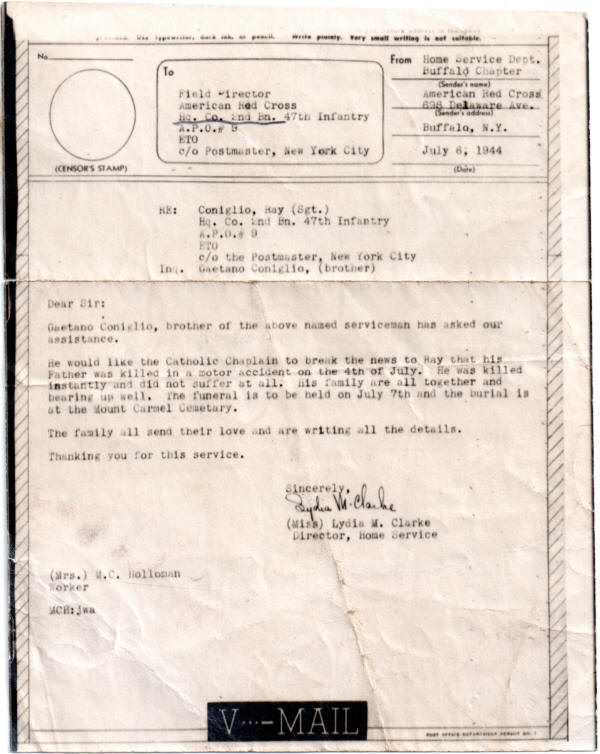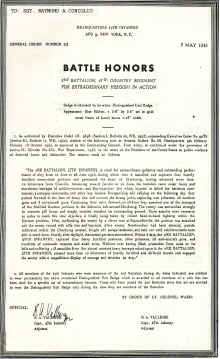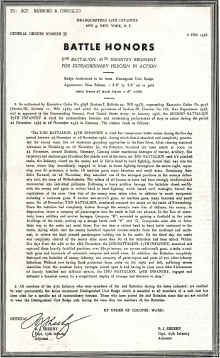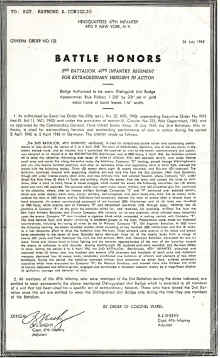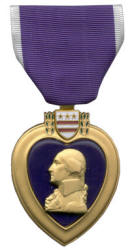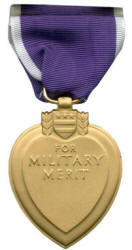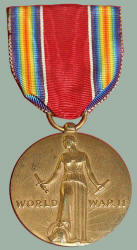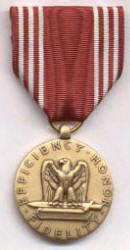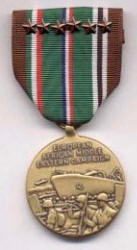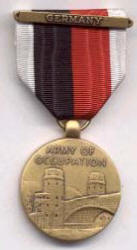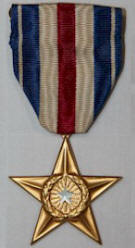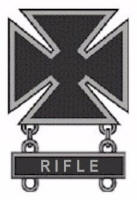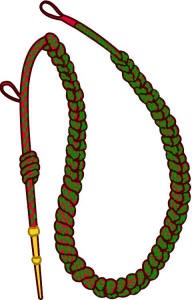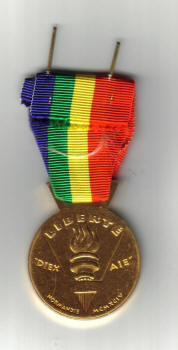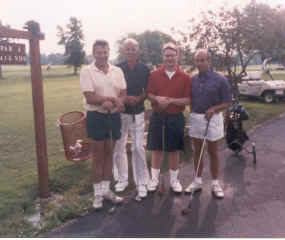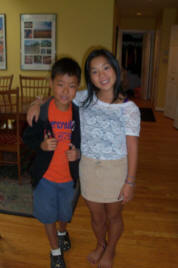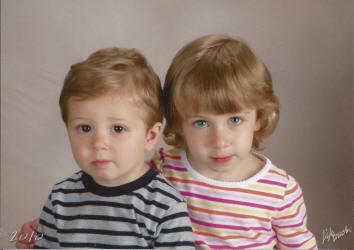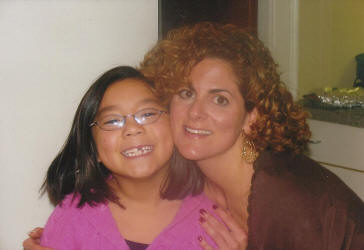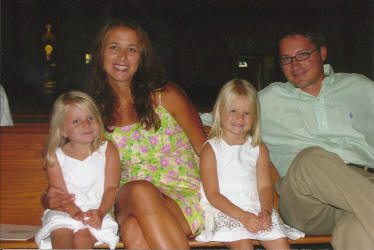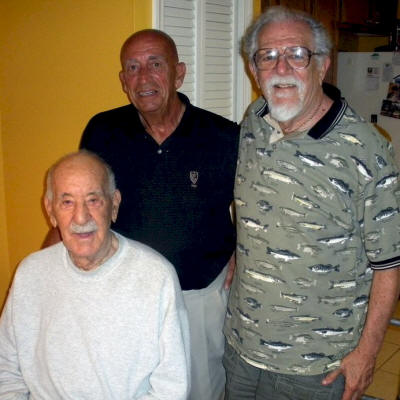|
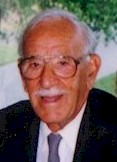 |
Raymond A. Coniglio, a decorated combat veteran of
World War II and a long-time Buffalo Sewer Authority
employee, died Wednesday, November 9, at age
93 in
Florida. He had been a
Florida
resident for over thirty years.
He was the third of nine children, six boys and three
girls, and was born in
1918 in
Roberstdale, PA to Sicilian immigrants Gaetano and Rosa
Alessi Coniglio. As a child, he moved with his family
to Peacock Street in Buffalo’s old Canal District.
Before World War II, he and his older brother Gaetano
served in the Naval Reserve, and when the war broke out
in 1941, Raymond entered the US Army.
He was in the nation’s first organized combat of the
war, serving as a foot-soldier with the 47th
Infantry Regiment of the 9th Infantry
Division, in and around Tunisia, North Africa, where
he received a battlefield commission to Sergeant. |
After victories in Africa, his unit then
participated in the capture of Sicily in 1943, and
after rest and recuperation leave in Britain, landed
on France’s Normandy beach just days after D-Day in
1944, while the battle still raged.
Mr. Coniglio also saw combat in
Belgium
and Germany, and received battle ribbons for
Algeria-French Morocco, Tunisia/Sicily, Normandy,
Northern France/Ardennes-Alsace, and Rhineland/Central
Europe. He was awarded battle honor citations for the
Battle of Cherbourg, France,
and the Battles of Wilhelmshohe and
Oberkirchen,
Germany; bloody campaigns that helped secured the Allied
victory. Once, while in
Germany,
he encountered Marty Pepe, a childhood friend from
Buffalo, serving with a different unit in the same
combat zone. The old friends had a photo taken on the
rear deck of an Army tank, a photo that Coniglio
cherished for the remainder of his life. During his
tours in Africa and Europe, Coniglio received theater
ribbons for
Algeria-French Morocco; Tunisia;
Sicily; Normandy/Northern France;
Ardennes-Alsace/Rhineland (the Battle of the
Bulge); and Central Europe On his
way to his battlefield commission from 'buck private' to
Sergeant, he earned
six
Bronze Service Stars, a Bronze Star, a
Silver Star and a Purple Heart. He also
received battle honors for the batlles of
Cherbourg
in France and the battles of Oberkirchen and
Wilhelmshohe in Germany. In 1994, the government
of France awarded him the Liberté
medal on the fiftieth anniversary of the Allied invasion
of Normandy.
After discharge, he served with the Buffalo Sewer
Authority until retirement in 1980. While at the
Authority he rescued a woman in distress from the
Niagara River, after she had fallen in while fishing.
He received the Authority’s Award for Service 'beyond
the call of duty'.
Mr. Coniglio is survived by two sons, Raymond Guy
of Sebastian, Florida, and Ronald Andrew (Debra) of
Amherst; by five grandchildren, Raymond Guy Coniglio Jr.
(Kelly), Robert Coniglio (Mindy), Rebecca (Marc)
Scherrer, Amanda Skinner, and Zachary Skinner; six
great-grandchildren, Haley Jee and Ryan James Coniglio,
Catherine Nancy and Margaret Kathleen Scherrer, and
Sarah Jane and Andrew Raymond Coniglio; by a sister,
Concetta Miller of Illinois and a brother, Angelo
(Angela) of Amherst, and by dozens of nephews and
nieces, including his godchildren, nephew Angelo Raymond
Coniglio and niece Jean Coniglio Silvestro. His wife of
fifty-four years, the former Marion Cappellano, passed
away in 2005, and he was also pre-deceased by his
brothers Gaetano (late Mary), Leonard, Felice (late
Betty) and Anthony Sr. (late Frances), and by his sister
Carmela (late Alfred) Volo and Mary (late Frank Sr.)
Sowa of Buffalo.
A Mass of
Christian Burial was celebrated on November 29, 2011 at
his former parish of St. Leo the Great in Amherst by the
pastor, the Rev. Msgr. Robert E. Zapfel,
and by Father Charles Amico,
a family friend. He was interred next to his
beloved wife Marion at Mt. Olivet Cemetery in Tonawanda,
New York.
|
